
Lucia Oceguera
Statement
Lucia Oceguera On Guts, Suspense and Revelations, 2015
A4 paper Digital photographs
Bio
Lucía Oceguera, b. 1983, Culiacán, Sinaloa. The artistic work of Lucía Oceguera is a constantsearch for equilibrium — ideas that have been materialized thanks to a constant observation of her surroundings and the resulting exploration of concepts through the aid of different media. This Mexican artist observes the world and constantly plays with her latent speculations about life, intentionally finding new ways to interpret what she sees via experiments with various media techniques— photography, collage, installation and embroidery— all materials that she uses to establish a dialogue between herself and the world, inserting individual motifs into a larger oeuvre. “Close Encounters PT. 1” (2010-1013) and “Close Encounters PT.2” (2014) are two series of works that exemplify not only how Lucía explores her ideas but also highlight her individualized artistic technique, combining the use of technology with crafting methods. By taking photographs, printing them over fabric and enriching them with hand-made embroidery while juxtaposing phrases that are captured on the image, Oceguera rescues these vignettes from oblivion. Words that were initially eloquent will continue this momentum through the passage of time, but will also adjust to different readings and situations. The possibility of change is paramount in her explorations, as her works are flexible discourses for the spectator, who must be endowed with an extreme curiosity (like the artist) to comprehend what faces them and find new meaning. The work of Oceguera requires a thorough revisionist thought process to navigate societal intentions as well as our biases. What at first glance could seem too plain or simplistic is, in the end, a defiance to the eye of the spectator, an invitation to go beyond comfortable paradigms and reconsider stereotypes. Indeed, numerous artistic theories are manifested in Oceguera’s works. The "opposites" are often the protagonists that manifest themselves in diverse ways through the use of colors, concepts or shapes. For example, in the work “Quotient” ( 2014), David- the biblical king interpreted by Michelangelo- stands indifferent to Socrates: beauty versus intellect; physical power against wisdom. For the artist couples (both accidental and intentional) exist everywhere: intrinsic and unusual couples that simultaneously define and reinvent themselves. Moreover, the palette of colors —red, white, black and gold —are part of her vernacular to express ideas and are chosen precisely for their quality to personify the opposite. In this manner, gold most often denotes “value” but its identity can be ambiguous depending on its use. The same with red, as it can often suggest "love" just as it can suggest the total lack of romance; associations are unconstrained and infinite.
Sarcasm is another constant, as humor lifts the gloomiest of circumstances. One can analyze this node nearly into incoherence - What is elegance? What is weakness? Born in Culiacán, Oceguera- just as many Mexicans from other areas of the country- has been close to the political and cultural tumult of the early 21st Century, nevertheless her work eschews the negative by exploiting its own vulnerability then transforming into something more positive.
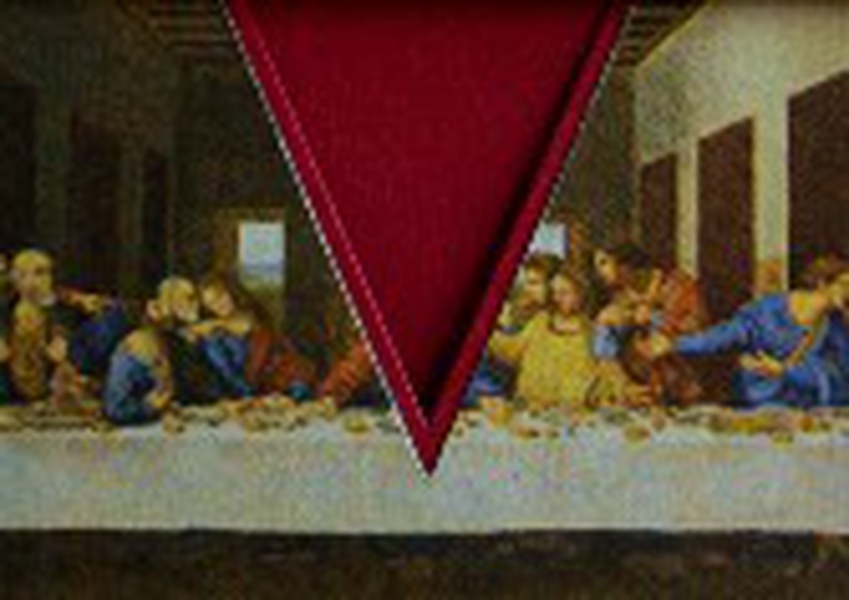
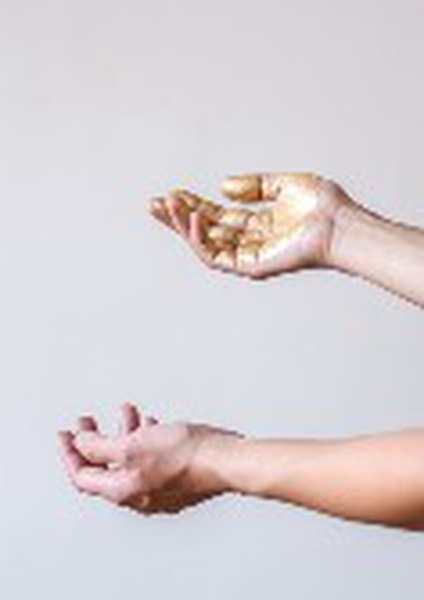
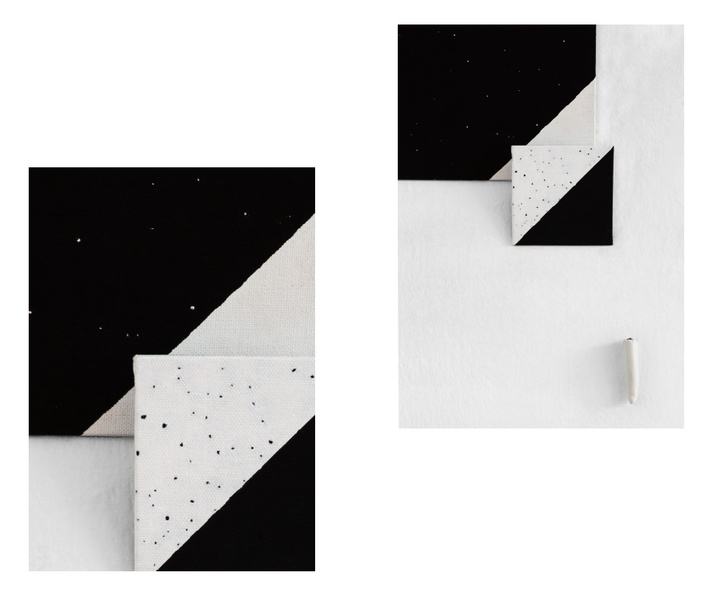
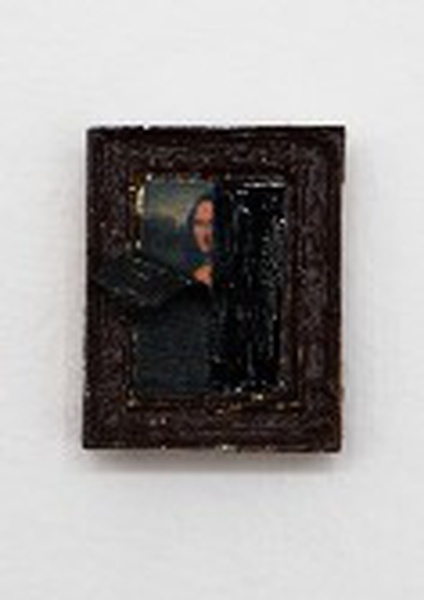
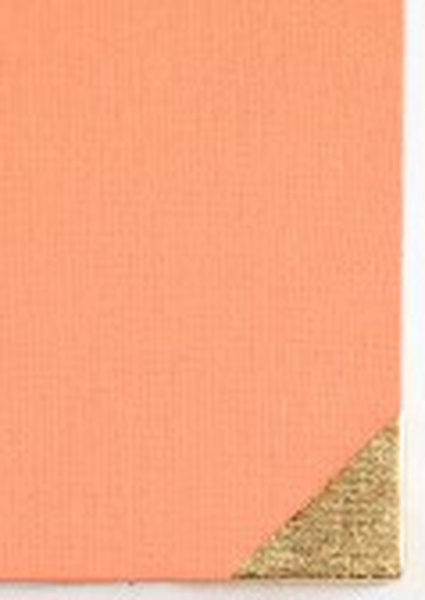
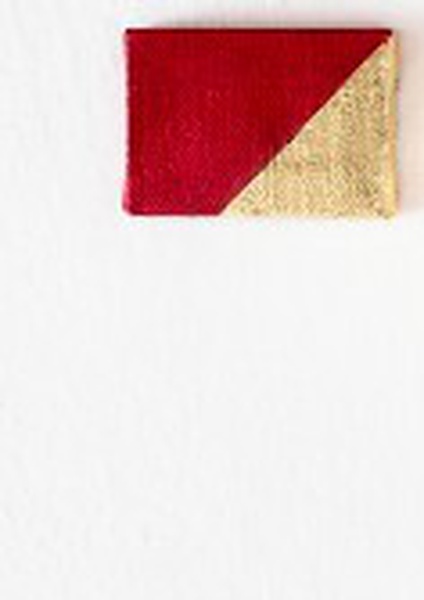
http://luciaoceguera.com